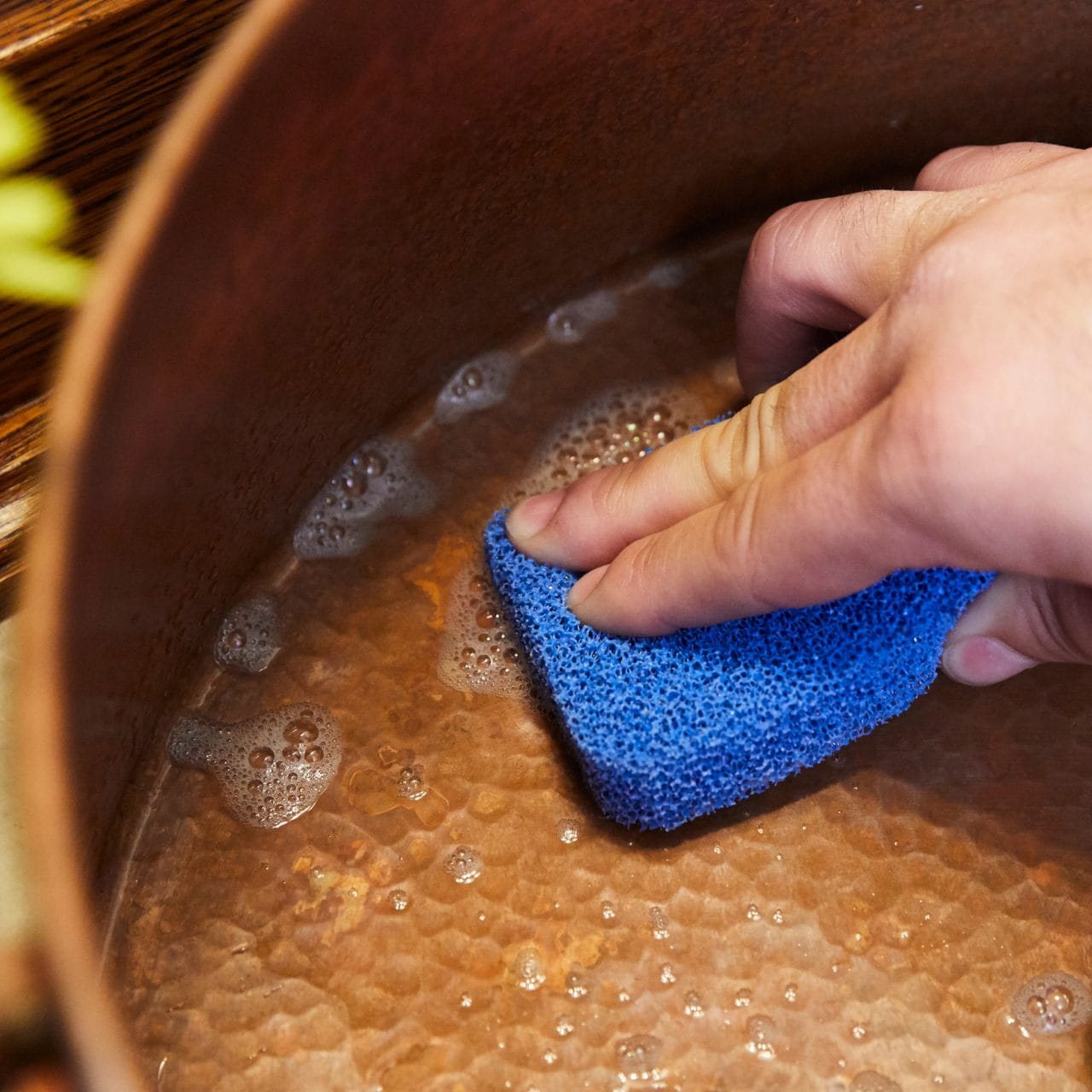Viruses at Home: A Surface-by-Surface Guide to Coronavirus

The novel coronavirus has dominated headlines recently–but is it also dominating the surfaces of your home? According to research completed by the National Institutes of Health, some surfaces may fare better than others. Kitchens are the heart of the home and, for better or for worse, a high-traffic part of the home. Keeping your kitchen clean and healthy for your family is an essential part of protecting your family from the spread of germs and viruses. We’re breaking down the research and taking it to the kitchen to help you better understand how your kitchen sink handles the presence of viruses and germs.
How Long Can a Virus Live on a Surface?
The coronavirus is primarily spread from person to person through respiratory droplets, like when someone sneezes or coughs. As much as we would like to believe everyone is exceptionally talented at blocking the spread of germs by covering their coughs and sneezes, the reality is that the virus is often spread to surfaces in the same way droplets spray from an aerosol can. Researchers in this study replicated the spread of a virus using just that–an aerosol can–and measured how long the coronavirus stayed alive on a variety of household surfaces. Of course, plastic and cardboard don’t apply to your kitchen sink, but we know your household is home to these surfaces and more:
- Plastic – up to 72 hours
- Stainless Steel – up to 72 hours
- Copper – up to 4 hours
- Cardboard – (this obviously doesn’t apply to your kitchen sink, but maybe the box your sink came in!) up to 24 hours
Though fireclay wasn’t specifically tested, we think it’s best to assume your fireclay, vitreous china, and nickel sinks can serve as home to the novel coronavirus for at least 72 hours.

How to Curb the Spread of COVID-19
With the virus able to survive on surfaces for days, it can feel like a significant challenge to protect your home and your family. The most important thing to do to curb the spread of germs and the virus is to follow the basic guidelines from the Centers for Disease Control (CDC). This includes:
- Washing your hands often
- Avoid close contact with other people (also known as social distancing)
- Stay home if you’re sick
- Clean and disinfect surfaces regularly, especially high-touch surfaces
How to Clean and Disinfect Your Surfaces
High-touch surfaces are the most critical to clean regularly, at least daily based on how long we know this virus lives on surfaces. Disinfecting surfaces like handles (including your kitchen sink’s handles), doorknobs, cell phones, desks, toilets, and faucets. Disinfecting is not the same as cleaning. Disinfecting requires killing any living bacteria or virus on the surface, and there are specific chemicals, so be sure to use an EPA-approved disinfectant or make a household disinfectant using diluted bleach.Note: Using a bleach to disinfect your sink is recommended by the CDC, and Sinkology’s upholds those recommendations. Using limited amounts of bleach will not disturb your sink’s patina, so please follow the guidelines.
You Might Also Like:
Tips & Tricks: Disinfecting Your Sinkology Sink
Life with Copper: A Busy, Working Mom
Mastering the Art of Cleaning & Care
If you have any additional questions during your search for the perfect copper, fireclay farmhouse sink or crafted stainless steel sink, our Sinkologists™ are here to help. Contact us or follow us on Facebook, Houzz, Pinterest, Instagram, or TikTok for more helpful tips and design ideas.